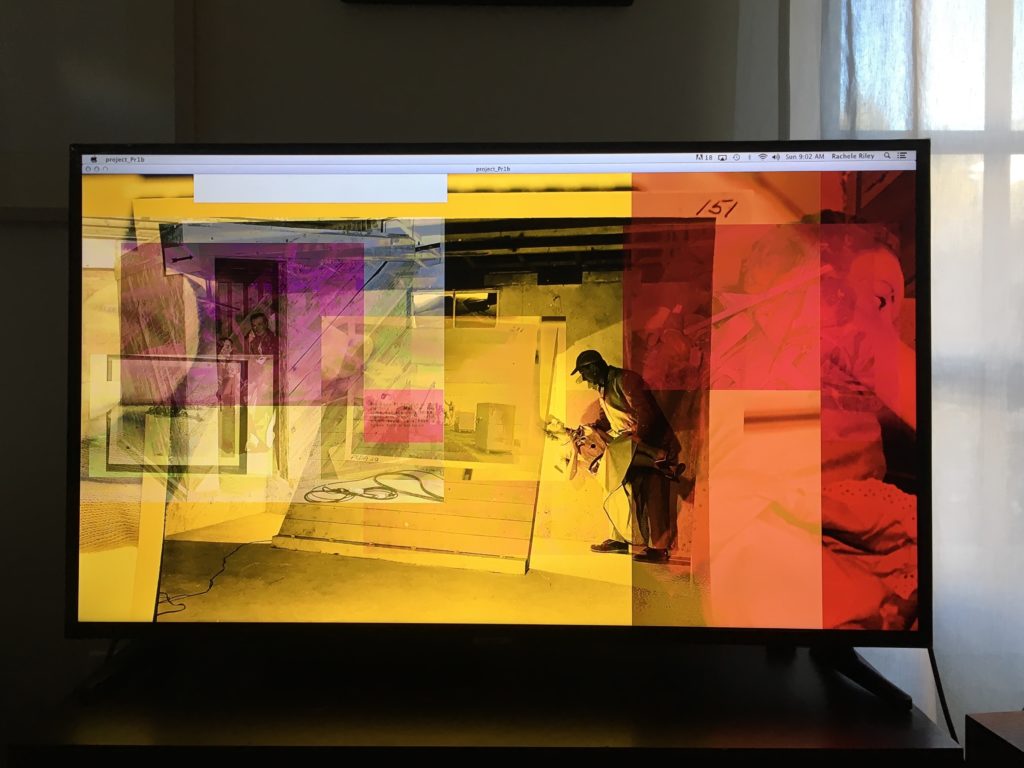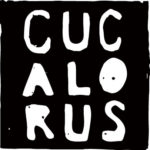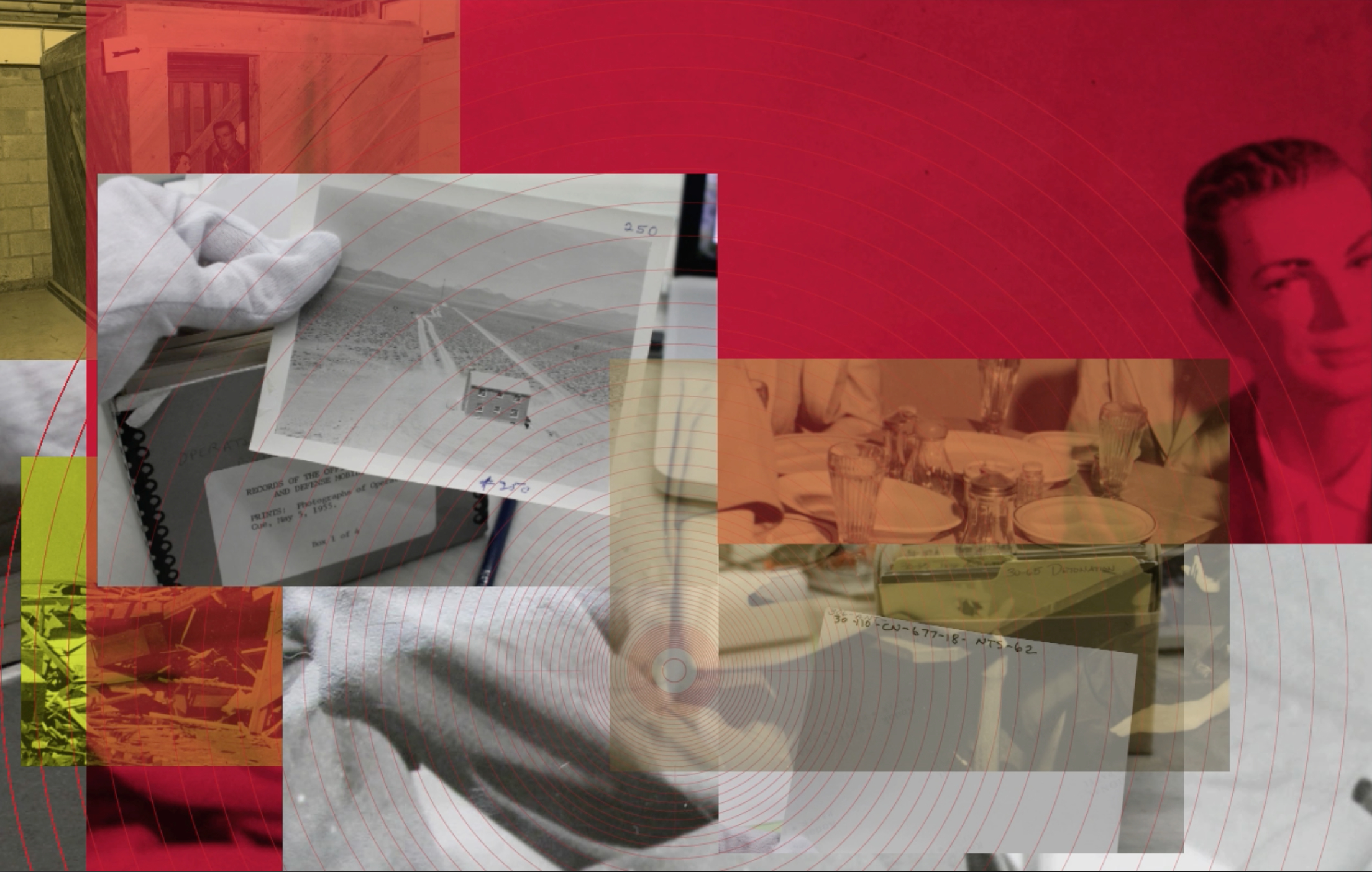The Evolution of Silence (V2) Generative Compositions
2018. Generative video. Single-channel, with sound. Made with Processing. Developed at the Anderson Ranch Arts Center. Special thanks to Casey Reas. Premiered November 8, 2018 at Cucalorus Film Festival. 3840 by 2160 px.
+ credits
Visuals, research, programming:
Rachele Riley
Special thanks to Casey Reas.
Archival photos are courtesy of:
The National Archives, Nevada Test Site Historical Foundation, Las Vegas News Bureau, Cahlan Research Library (Nevada State Museum), Special Collections Library at the University of Nevada Las Vegas, Nuclear Testing Archive, National Atomic Testing Museum, DigitalGlobe Foundation, U.S. Department of Energy, United States Geological Survey, National Nuclear Security Administration, and Library of Congress.
Sound:
Djgriffin “Gongs & Bells“
Plagasul “Ambiences“
Rachele Riley (voice and texture)
Version 2 has been made possible in part with funding from the University of North Carolina Greensboro’s College of Visual and Performing Arts and School of Art. Additional thanks to Derek Toomes, Chris Cassidy, Elizabeth Leplattenier, Danniel Gaidula, Dan McCafferty, Justin Lincoln, and Ali McGhee. This project began as part of Casey Reas’s Generative Cinema workshop at the Anderson Ranch Arts Center, July 2018.
+ screenings
Cucalorus 24
Nov 7–12, 2018, Wilmington, NC
The Evolution of Silence, Version 2, expands on my web-based project, The Evolution of Silence, Version 1. It is a video being generated through code, and continues my reflective and intimate focus on the dynamics of research, culture, and conflict at the Nevada Test Site—this time featuring the L.A. Darling mannequins. Made with Processing, an open source coding language developed with the visual arts in mind, the video is not fixed sequentially, but is continuously forming new juxtapositions and compositions from vast arrays of images (traces of snapshots and text fragments)—the archival photos are gathered from research visits to The National Archives, and other libraries (noted in credits above).
The L.A. Darling Co. Mannequins played a unique role in nuclear testing, as part of the Federal Civil Defense program in the early 1950s. Their images offer compelling historical and cultural perspective on the marketing of war, and, acting as a counterpart to the abstraction of the land-based focus of Version 1, point more broadly and across time, to the human toll of conflict. I am interested in creating non-linear visual experiences that re-contextualize familiar images of conflict and our methods of research and engagement. In future installations of Version 2, I will be working towards incorporating multiple scenes/channels and responsive participatory actions.


